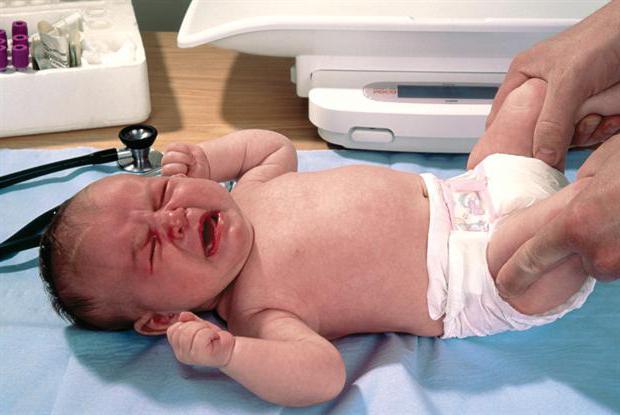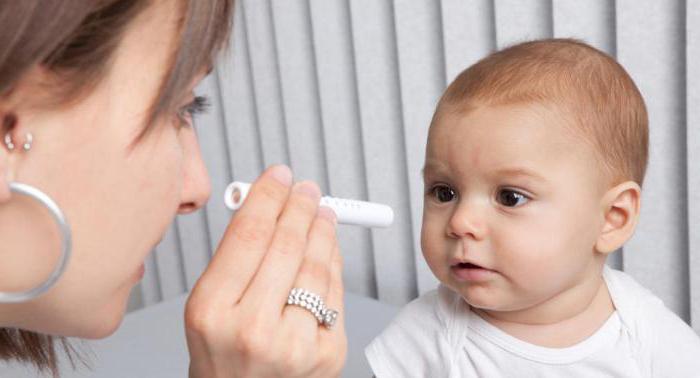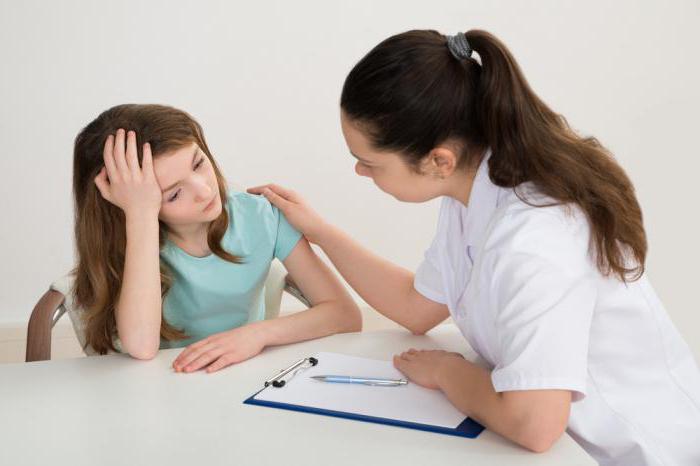Patronage is a special form of guardianship, established in accordance with the law over a competent citizen who cannot, due to any reason (state of health, etc.) visit a medical institution, exercise his rights, and so on.
Patronage forms
Depending on the purpose of the visit, patronage is distinguished:
- social;
- medical.
Medical (nursing) guardianship is carried out by employees of medical institutions and is divided into visits:
- bedridden / ambulatory patients;
- pregnant women
- newborns and children under three years of age.
Patronage of pregnant women
A visit to a pregnant woman is carried out twice:
- immediately after registration;
- during maternity leave.
In the first case, the purpose of the arrival of a nurse or paramedic is to instruct and collect an anamnesis. At the same time pay attention to:
At the same time pay attention to:
- heredity;
- the presence of prenatal risk factors;
- living and material conditions;
- psychological situation in the family;
Be sure to find out the question of whether a real pregnancy is desired. After this, the future mothers are told about the need for proper nutrition and attending courses for young parents at a children's clinic.
The second time, a nurse or paramedic visits a pregnant woman at home during maternity leave (that is, at thirty-one to thirty-eight weeks). The purpose of such a visit is to monitor the implementation of previously prescribed recommendations, assess possible risk factors and prepare for the period after childbirth (that is, tips on creating a first-aid kit and wardrobe for the baby, arranging a place for the newborn, preparing the mammary glands for feeding, preventing hypogalactia, and so on) .
The frequency of patronage of newborns
The first patronage of newborns is carried out within three days after discharge from the hospital. Further control over the child in the conditions of finding him at home is carried out according to a certain schedule.
- During the first week after the birth of the baby, the nurse's patronage is carried out twice.
- For an infant under the age of one month, once a week.
- Visiting babies aged one to six months - twice a month.
- Patronage of a child from six to twelve months - once a month.
- Children from twelve months to two years are visited once every three months.
- Children from two to three years - once every six months.
- Children over three years old - once per year.
First visit to the newborn
During the first visit to a newborn baby, the local pediatrician (or nurse):
- examines the baby (paying attention to the condition of the BCG site and the umbilical wound);
- studies the sanitary and hygienic conditions in which the child is kept (cleanliness, temperature in the room, and so on);
- gives recommendations on feeding, walking, raising.

The mother learns how to care for the newborn (bathing, swaddling, processing mucous membranes, and so on). The doctor also explains to parents information about emergency conditions (aspiration, hyperthermia, sudden death syndrome).
Visits to children of the first twelve months of life
During such visits:
- possible problems are identified in the child and mother;
- history is going;
- the analysis of compliance with the age of the child
- the quality and consistency of nutrition is studied (appetite, the introduction of complementary foods, the type of feeding);
- the condition of the skin, muscles, bones is examined. Attention is drawn to the child’s mood, his reaction to toys, fatness, number of teeth, palpitations, temperature, breathing, age-related skills, BCG status, the nature of urination and stool;
- explanatory work is being conducted with parents about nutrition, treatment, education;
- vaccination schedule is determined.

These visits are conducted by a patronage nurse. If any deviations are detected, the local pediatrician must be notified. All information about patronage is entered in a special card.
Home visiting
In this case, patronage is a visit to a patient who is on an outpatient basis, but for certain reasons he cannot visit a medical institution.
The district nurse monitors the patient's condition and monitors his compliance with all the doctor's recommendations. If necessary, patients are changed dressings and injections.
Visits are given to patients with pneumonia, rheumatism, heart defects, cancer, in the compensation stage, and so on.
Social Patronage
It is carried out by employees of special services. Social patronage is a regular visit, help and counseling for people with disabilities, the elderly and families at risk:
- Dysfunctional. In them, for whatever reasons, the functioning of the family is difficult (the poor, refugees, large families, unemployed, parents under eighteen, or those with children with disabilities).
- Sociopathic - where there is antisocial behavior (alcoholics, drug addicts, offenders).

Types of social services:
- Medical and social patronage is the observation and assistance in caring for sick, physically disabled family members and children with disabilities. This is drug delivery, feeding, hygiene, cleaning and so on.
- Socio-psychological assistance. Providing psychological support in stressful situations, problems with education, counseling psychologists.
- Socio-economic patronage is the issuance of material assistance to needy veterans, people with disabilities and families in the form of food, clothing, benefits.
- Social and educational assistance.
The purpose of social patronage is to organize optimal conditions for disabled people, helping to overcome life's difficulties with a gradual transition to a full life.